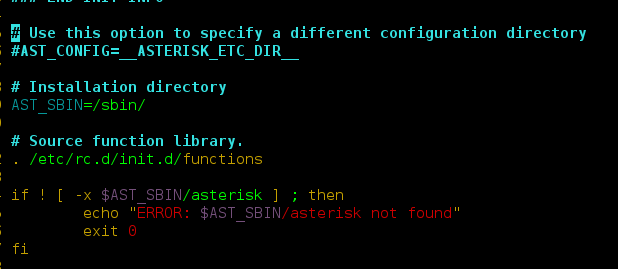The plusMillis(long) method of Duration Class in java.time package is used to get an immutable copy of this duration with the specified number of milli-seconds added, passed as the parameter.
Syntax:
public Duration plusMillis(long numberOfMillis)
Parameters: This method accepts a parameter numberOfMillis which is the number of milli-seconds to be added. It can be positive or negative but not null.
Return Value: This method returns a Duration which is an immutable copy of the existing duration with the parameter amount of milli-seconds added to it.
Exception: This method throws ArithmeticException if numeric overflow occurs.
Below examples illustrate the Duration.plusMillis() method:
Example 1:
// Java code to illustrate plusMillis() method import java.time.Duration; public class GFG { public static void main(String[] args) { // Duration 1 using parse() method Duration duration1 = Duration.parse("P2DT3H4M"); // Get the duration added // using plusMillis() method System.out.println(duration1.plusMillis(2)); }} |
PT51H4M0.002S
Example 2:
// Java code to illustrate plusMillis() method import java.time.Duration; public class GFG { public static void main(String[] args) { // Duration 1 using parse() method Duration duration1 = Duration.parse("P0DT0H4M"); // Get the duration added // using plusMillis() method System.out.println(duration1.plusMillis(5)); }} |
PT4M0.005S
Reference: https://docs.oracle.com/javase/9/docs/api/java/time/Duration.html#plusMillis-long-




